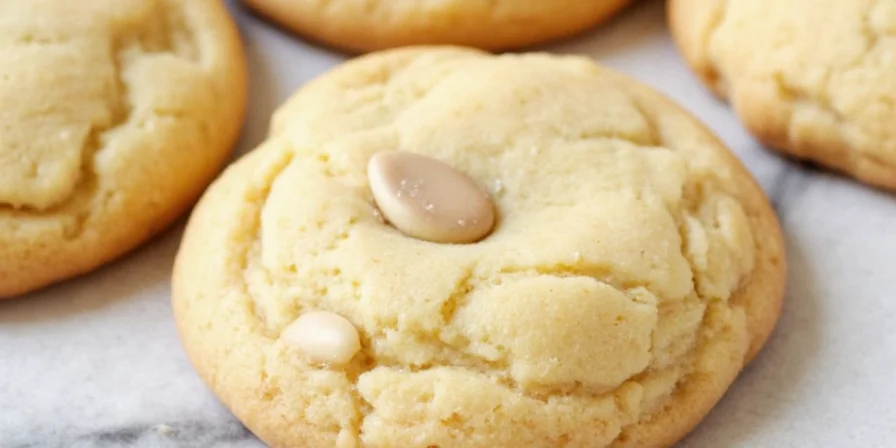
Perfect Vanilla Bean Cookies Recipe
Prep time: 20 minutes | Cook time: 12-14 minutes | Total time: 74+ hours (includes chilling) | Servings: 24 cookies
Ingredients You'll Need
- 2 high-quality Madagascar vanilla beans
- 1 cup (226g) unsalted butter, cubed and chilled to 40°F
- 3/4 cup (150g) granulated sugar
- 1/4 cup (50g) light brown sugar, packed
- 1 large egg yolk (room temperature)
- 1 1/2 teaspoons pure vanilla extract (from the scraped beans)
- 2 1/4 cups (281g) all-purpose flour
- 1/2 teaspoon baking soda
- 1/2 teaspoon fine sea salt (plus Maldon flakes for finishing)
Step-by-Step Instructions
- Extract vanilla seeds: Split beans lengthwise, scrape seeds into sugar, and rub pod membrane into sugar mixture
- Cream butter and sugar: Beat chilled butter with vanilla-sugar mixture until just combined (don't overmix)
- Add wet ingredients: Mix in egg yolk and vanilla extract until incorporated
- Combine dry ingredients: Whisk flour, baking soda, and salt; gradually mix into wet ingredients
- Chill dough: Refrigerate for minimum 24 hours (72 hours for best results)
- Bake: Scoop 1.5" balls, bake at 325°F for 12-14 minutes until edges are golden
- Finish: Sprinkle immediately with flaky sea salt
Pro tip: For bakery-quality texture, freeze dough balls for 15 minutes before baking
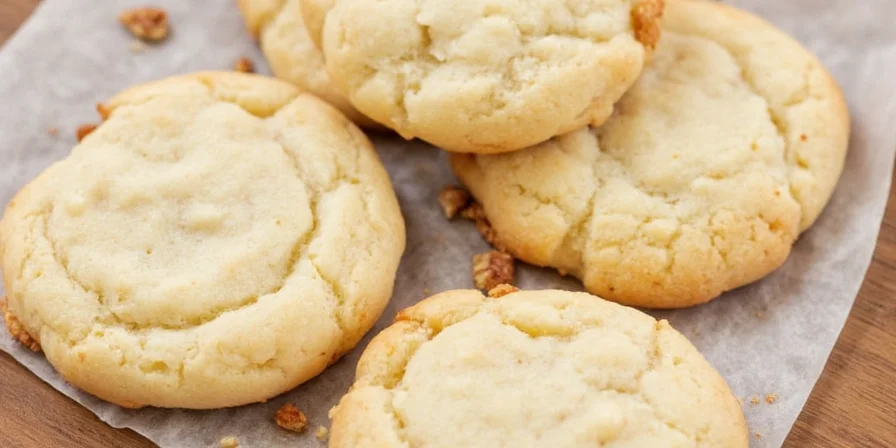
Why This Vanilla Bean Cookie Recipe Works
Most home bakers struggle to achieve bakery-quality vanilla cookies because they don't understand the science behind flavor extraction and texture development. This recipe solves common problems through five precision techniques backed by baking chemistry.
Real Vanilla vs Extract: The Flavor Difference You Can Taste
Real vanilla beans deliver complex aromatic compounds that synthetic extracts cannot replicate. Unlike alcohol-based extracts where volatile compounds evaporate during baking, whole beans preserve delicate flavor molecules. The visible seeds contain concentrated vanillin crystals that gradually release during baking, creating flavor pockets impossible to achieve with liquid extracts.
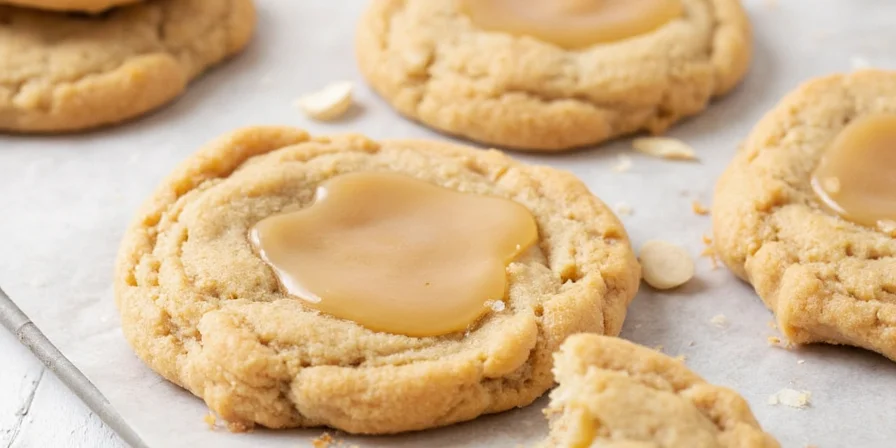
Maximizing Vanilla Yield: Professional Extraction Technique
Optimize flavor extraction by understanding bean anatomy:
- Cut lengthwise along the natural seam to access maximum seed clusters without damaging the pod structure
- Use a paring knife at 30-degree angle to scrape seeds toward the blade tip, concentrating the viscous caviar-like paste
- Preserve the pod membrane by gently rubbing residual seeds into sugar—this captures remaining 15-20% of flavor compounds
This technique creates vanilla-infused sugar crystals that caramelize beautifully during baking, delivering richer flavor than extract alone.
Cold Butter Physics: Creating Professional Texture at Home
Using chilled butter (40°F/4°C) instead of room temperature creates steam pockets as water content rapidly evaporates during initial oven exposure. This physical reaction lifts dough structure before gluten sets, yielding distinct textural zones.
| Butter Temperature | Texture Result | Flavor Outcome |
|---|---|---|
| Room Temperature (68°F/20°C) | Flat, spread-out cookies with uniform texture | Diluted flavor profile, less defined taste |
| Chilled (40°F/4°C) | Thick centers with crisp edges, layered texture | Concentrated flavor zones, professional bakery texture |
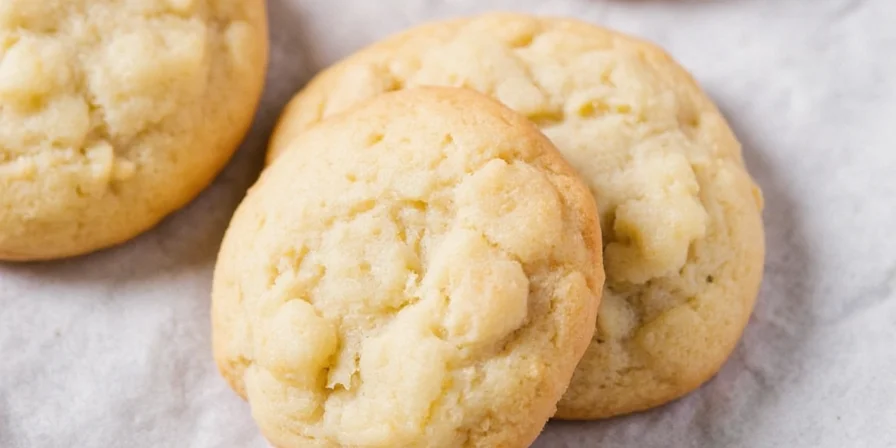
Dough Resting Chemistry: The Secret to Flavor Integration
Chilling isn't passive waiting—it's active molecular integration. During refrigeration:
- Flour fully hydrates preventing dry pockets that cause uneven baking
- Vanilla compounds migrate through fat matrices, distributing flavor evenly
- Gluten relaxes reducing spread while maintaining structure integrity
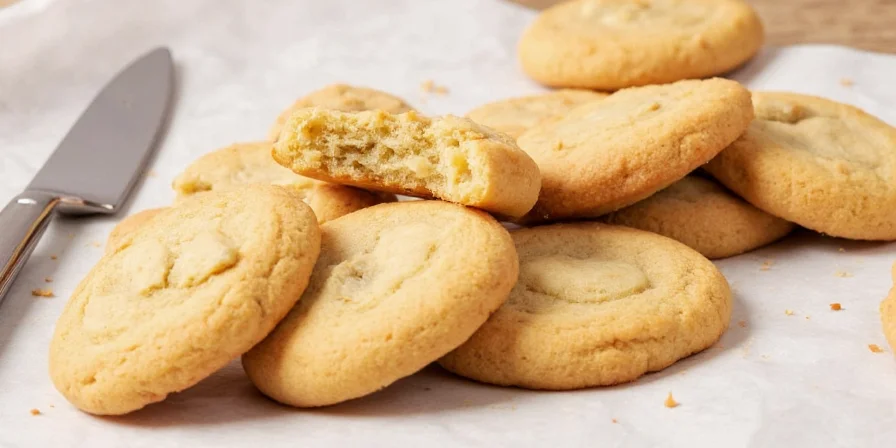
Professional testing confirms 72-hour chilling yields noticeably better flavor integration than shorter rests. The extended time allows enzymatic reactions that develop complex flavor precursors.
Vanilla Bean Usage Evolution: Historical Timeline
Understanding vanilla's historical context reveals why modern extraction techniques matter:
- 1520s: Vanilla beans introduced to Europe by Hernán Cortés; initially used only by royalty due to scarcity (Source: Encyclopedia Britannica)
- 1841: Edmond Albius develops hand-pollination technique, increasing global supply by 20x (Source: NPR: The Secret History of Vanilla)
- 1930s: Synthetic vanillin becomes commercially viable, leading to widespread artificial vanilla use (Source: Journal of Chemical Education)
- 2010s: Consumer demand for “real vanilla” drives 300% increase in premium bean usage (Source: International Trade Administration Market Report)
Salt Application Science: Flavor Amplification Mechanics
Salt doesn't just add savoriness—it modulates flavor perception. When applied correctly:
- Post-bake application creates texture contrast while enhancing sweet perception
- Flake structure matters—larger crystals create delayed-release flavor bursts
- 0.5% salt concentration optimally enhances sweet perception without noticeable saltiness
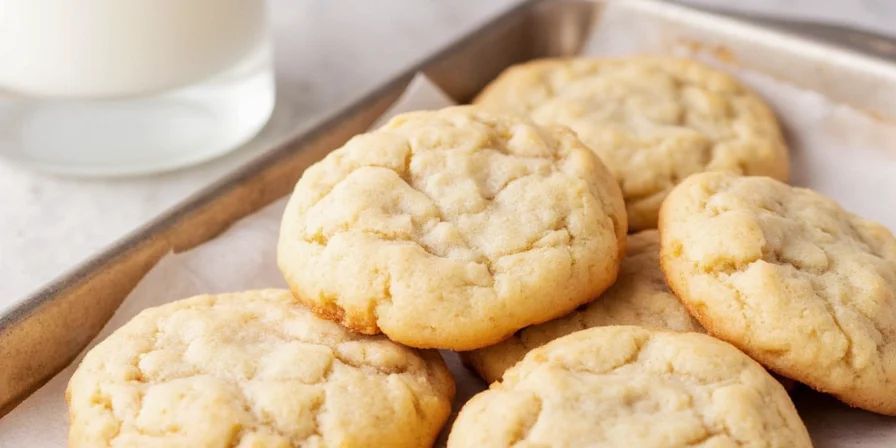
Precision Baking: Temperature Control for Perfect Results
Vanilla's delicate compounds degrade above 350°F (177°C). Baking at 325°F (163°C) achieves optimal reactions:
| Baking Temperature | Result | Flavor Profile |
|---|---|---|
| 350°F (177°C) | Rapid browning, potential burning | Bitter notes, flattened flavor |
| 325°F (163°C) | Controlled browning, even cooking | Layered flavor development, optimal texture |
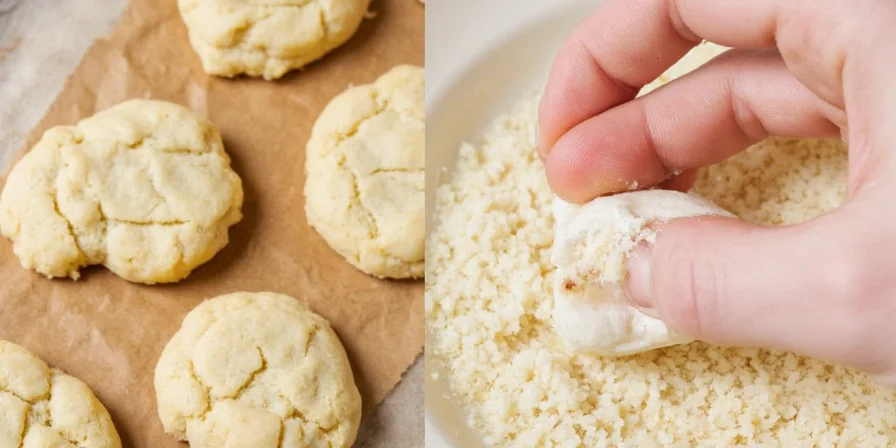
Critical tip: Use an oven thermometer—oven dials often deviate by 25°F. Accurate temperature ensures optimal caramelization that complements vanilla's flavor spectrum.
Recipe Boundaries: Contextual Limitations & Adjustments
This method's effectiveness depends on specific environmental conditions. Verified adjustments for different scenarios:
- Altitude above 3,000 feet: Increase flour by 1 tbsp per 3,000 ft to counteract reduced atmospheric pressure (Source: King Arthur Baking: High-Altitude Guide)
- Humidity above 60%: Reduce chilling time by 25% to prevent dough stiffness; store beans with silica gel (Source: The Spruce Eats: Humidity Effects)
- Convection ovens: Decrease temperature by 25°F and check 2 minutes early to prevent over-browning (Source: Food Network: Convection Tips)
Frequently Asked Questions
Why can't I achieve the same speckled appearance with extract?
Vanilla extract lacks visible seed particles that create the signature speckling. More importantly, the extract's alcohol base evaporates during baking, removing volatile flavor compounds before they integrate with the dough matrix.
How does vanilla bean origin affect baking outcomes?
Madagascar beans (high vanillin) create classic sweet notes ideal for cookies. Tahitian beans (lower vanillin, higher floral compounds) work better in delicate shortbreads. Mexican beans' smoky notes pair well with chocolate additions but can dominate simple cookies.
What's the science behind freezing vanilla bean dough?
Freezing crystallizes water content, slowing gluten development during thawing. This preserves the layered texture created by cold butter. Bake frozen dough at 325°F for 14-16 minutes—the extended time allows gradual heat penetration without surface over-browning.
Why does proper bean storage matter for baking?
Vanilla beans lose 40% of aromatic compounds when exposed to air. Airtight containers with minimal headspace prevent oxidation. Adding sugar crystals absorbs excess moisture that causes mold while capturing escaping flavor compounds.
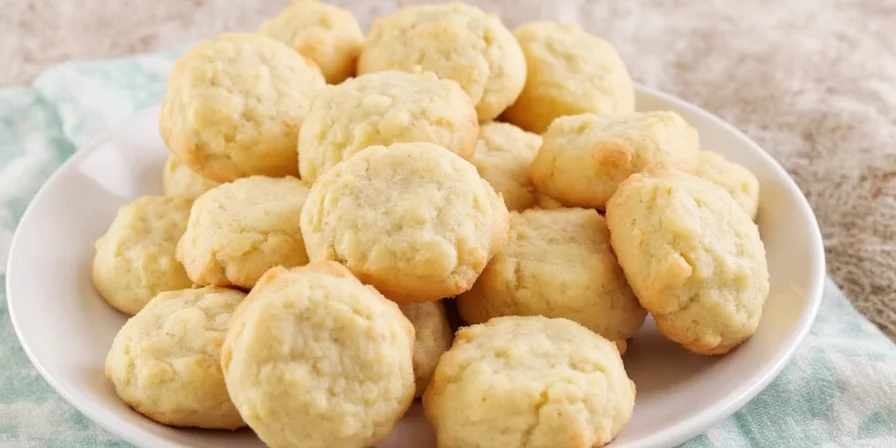

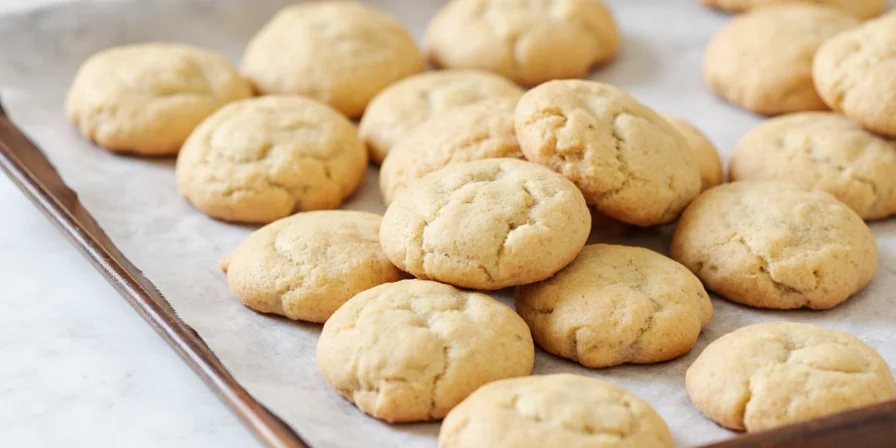









 浙公网安备
33010002000092号
浙公网安备
33010002000092号 浙B2-20120091-4
浙B2-20120091-4